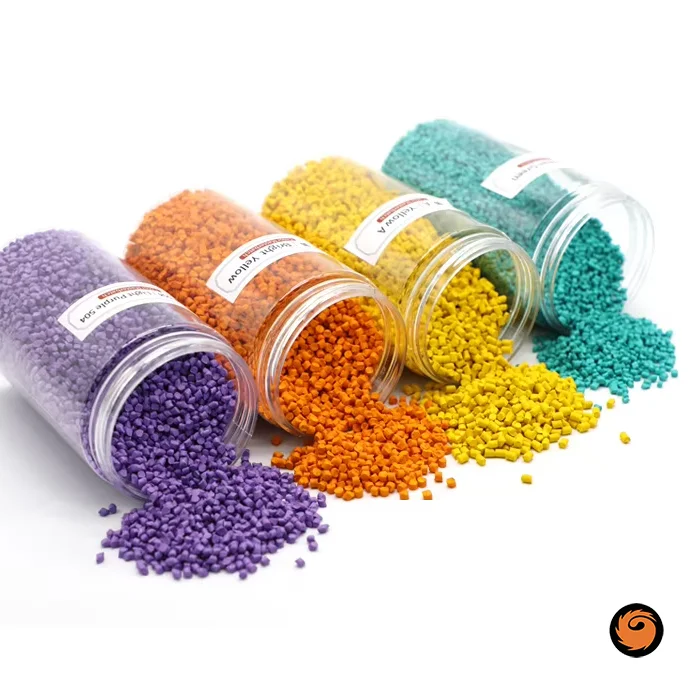I’ve spent years working with plastics, colors, and the chemistry that gives products their final look and feel — and I can tell you, the ABS masterbatch market has changed a lot in just a few years.
What used to be a quiet segment of the plastics world has now become a hot spot for innovation. Today, manufacturers aren’t just asking for color — they want strength, gloss, UV resistance, recyclability, and even smarter formulations that make their products stand out.
What Makes ABS Masterbatch So Important
ABS (Acrylonitrile Butadiene Styrene) itself is already a superstar among polymers — tough, lightweight, and easy to mold. But when paired with the right masterbatch, it transforms into something much more: a resin that’s beautiful, durable, and ready for high-performance applications.
Whether it’s the shiny dashboard of a car, the housing of your phone, or the sleek body of a home appliance — ABS masterbatch makes it possible.
A Market on the Rise
From what I’ve seen and read across multiple reports, the global ABS masterbatch market is growing steadily, valued between USD 1.8 and 2.8 billion today, and expected to climb past USD 4 billion within the next decade.
That growth is fueled by some very clear trends:
- The automotive industry’s shift toward lightweight and colored components.
- The electronics boom and demand for stylish, durable housings.
- The push for eco-friendly, recyclable materials in consumer goods.
Every manufacturer I talk to mentions one common challenge — color consistency and performance in sustainable materials — and that’s exactly where new masterbatch technologies come in.
Asia Leads, the World Follows
When I visit customers in China, India, or Southeast Asia, the energy is unmistakable. This region now drives nearly 40% of global ABS masterbatch consumption, and new applications pop up almost every quarter.
In contrast, Europe and North America are leading the conversation around sustainability — creating recyclable or bio-based ABS compounds to meet REACH and RoHS standards. Together, these regions set the tone for what the next decade will look like: smarter, cleaner, and more responsible production.
Challenges that Spark Creativity
Sure, raw material prices can fluctuate — anyone who’s bought styrene or butadiene knows that story all too well. Regulations are getting tougher too. But I don’t see these as obstacles; I see them as motivation.
They’re pushing manufacturers (including us) to think differently:
- to replace heavy metals with safer pigments,
- to reuse recycled ABS without losing color performance,
- to make color matching faster and more precise through automation.
In my view, these challenges are what will make the next generation of ABS masterbatch better — not just technically, but ethically.

The Future Looks Bright — and Sustainable
Looking ahead, I’m confident this market will keep growing at around 5–6% a year. The companies that will lead aren’t necessarily the biggest ones, but the ones who can combine color mastery with environmental responsibility.
Because at the end of the day, our industry isn’t just about adding color — it’s about adding value.
As I often remind my team: the best color is one that performs beautifully, lasts longer, and leaves a lighter footprint on the planet.
